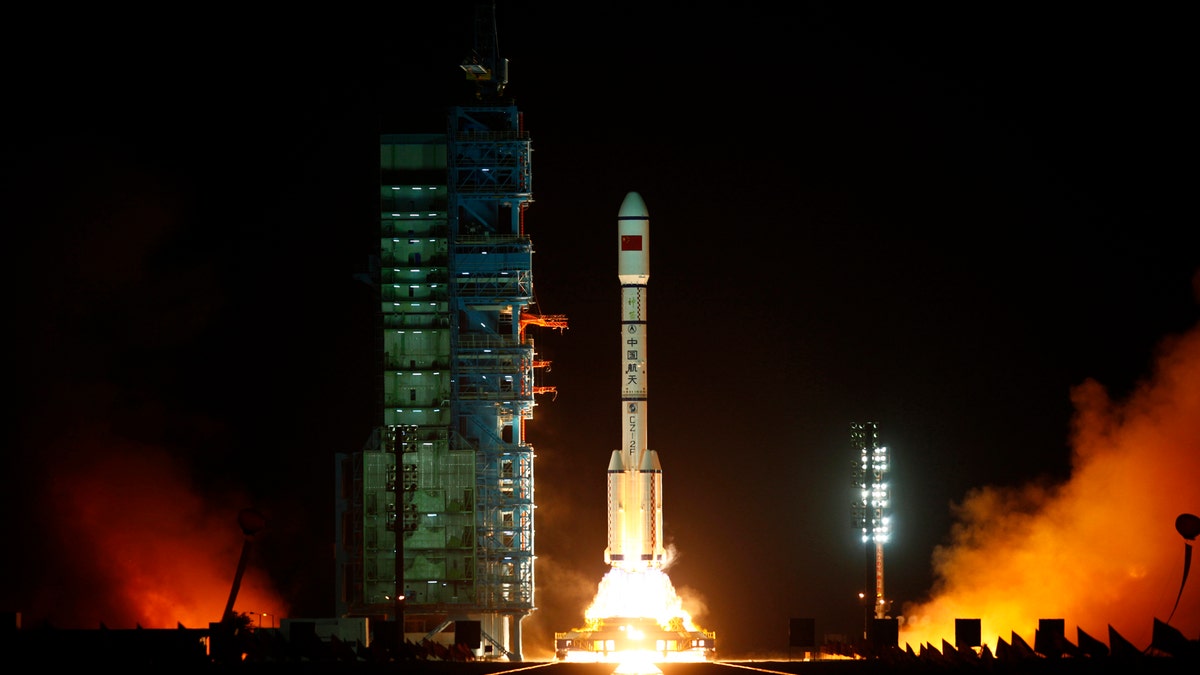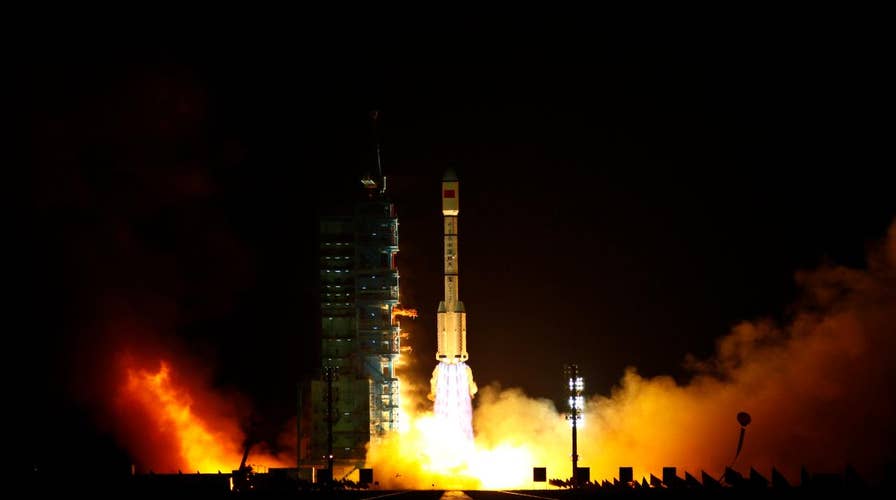Rogue spacecraft expected to re-enter earth’s atmosphere
A Chinese space station lost contact with Tiangong-1, a craft that is expected to re-enter the earth’s atmosphere sometime in the beginning of 2018. Some are concerned debris may hit populated areas.
Scientists across the globe are carefully monitoring China’s discarded Tiangong-1 space station, which will plunge into Earth’s atmosphere at some point in the coming months.
In a post on Jan. 12, the European Space Agency (ESA), which is hosting an international monitoring effort, said that the re-entry window is between March 17 and April 21. However, it is still unclear when exactly Tiangong-1 will appear, with the ESA noting that the re-entry window is “highly variable.”
There is also uncertainty about where exactly the unmanned space lab will enter Earth's atmosphere. “Reentry will take place anywhere between 43ºN and 43ºS (e.g. Spain, France, Portugal, Greece, etc.),” wrote the ESA. “Areas outside of these latitudes can be excluded.”
The area inside the latitudes, however, extends across a large part of the globe, and includes much of North America.
SPACEX DRAGON CAPSULE RETURNS TO EARTH AFTER SPACE STATION DELIVERY

Illustration of the Tiangong-1 space station (CMSE/China Manned Space Engineering Office)
The space agency added that “at no time will a precise time/location prediction from ESA be possible.”
The good news is that most of the 9.4-ton spacecraft is expected to burn up on re-entry, although there is a chance that some fragments could still reach Earth. “Owing to the station’s mass and construction materials, there is a possibility that some portions of it will survive and reach the surface,” explained the ESA, in a recent post. “In the history of spaceflight, no casualties due to falling space debris have ever been confirmed,” it added.
The spacecraft, which is 39.3 feet long with a diameter of 10.8 feet, had a crew of three people, but has been unoccupied since 2013. There has been no contact with Tiangong-1 since 2016.
METEORITE'S ORIGINS POINT TO POSSIBLE UNDISCOVERED ASTEROID

File photo - The Long March II-F rocket loaded with China's unmanned space module Tiangong-1 lifts off from the launch pad in the Jiuquan Satellite Launch Center, Gansu province September 29, 2011. (REUTERS/Petar Kujundzic)
In a statement released on Jan. 9, the China Manned Space Agency (CMSA) said that, between Dec. 31, 2017 and Jan. 7, 2018, Tiangong-1 stayed at an average altitude of 174.8 miles. “No anomaly occurred,” it said.
Tiangong-1, which means “Heavenly Palace” in Mandarin, was launched in 2011 as China ramped up its space efforts. Space.com reports that the space station was used for six successive rendezvous and docking with other Chinese spacecraft. The lab, however, ceased functioning in March 2016.
The re-entry monitoring effort hosted by the ESA is being conducted by the Inter Agency Space Debris Coordination Committee (IADC). In addition to the ESA and CMSA other organizations involved in the monitoring include NASA, European national space agencies, the Japan Aerospace Exploration Agency (JAXA), the Indian Space Research Organisation (ISRO) and Russia’s Roscosmos.
ZUMA SATELLITE LAUNCHED BY SPACEX REPORTEDLY 'TOTAL LOSS,' FAILED TO LAUNCH INTO ORBIT
Officials at ESA will be updating their forecast approximately every week in January and February.
This story has been corrected with additional detail on where Tiangong-1 could re-enter the Earth's atmosphere.
Follow James Rogers on Twitter @jamesjrogers

